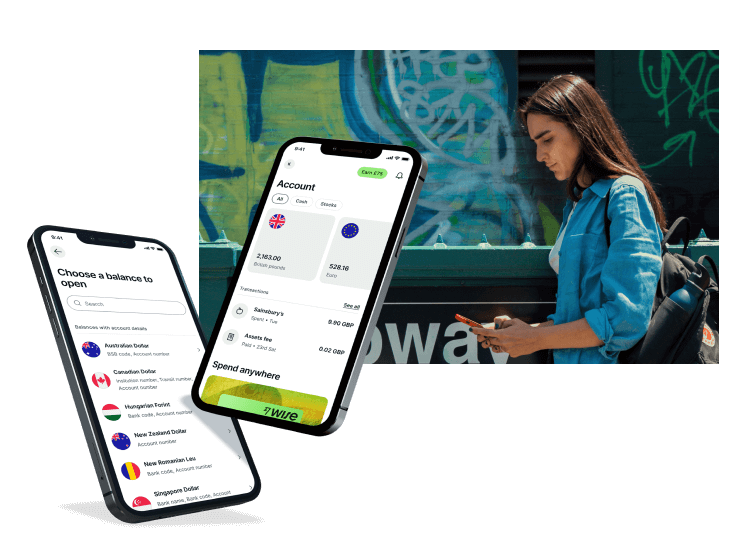What is a sort code?
Sort codes are particularly important when sending payments to UK bank accounts, as they help make sure the recipient’s money ends up in the right place without unnecessary delays. You’ll be asked to provide the sort code of the local UK account you’re sending a payment to, so your bank can process your transfer.
If you’re sending a payment to the UK from overseas, you may be asked for the account’s sort code - or you may be asked for an IBAN instead. The account’s IBAN includes the sort code information, so even where you’re only asked for an IBAN the bank will have all that’s needed to make sure your money gets to where it needs to be hassle free.




